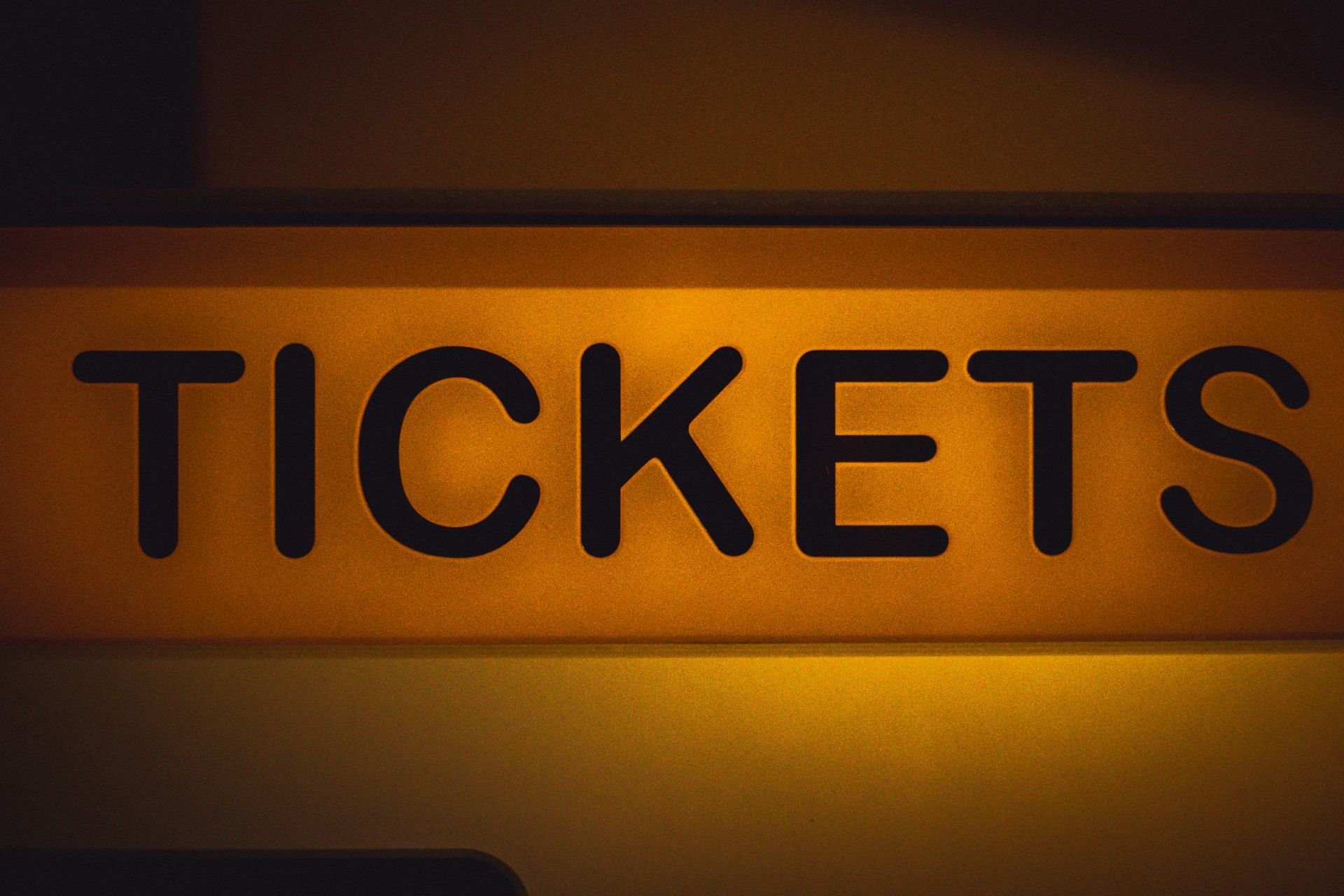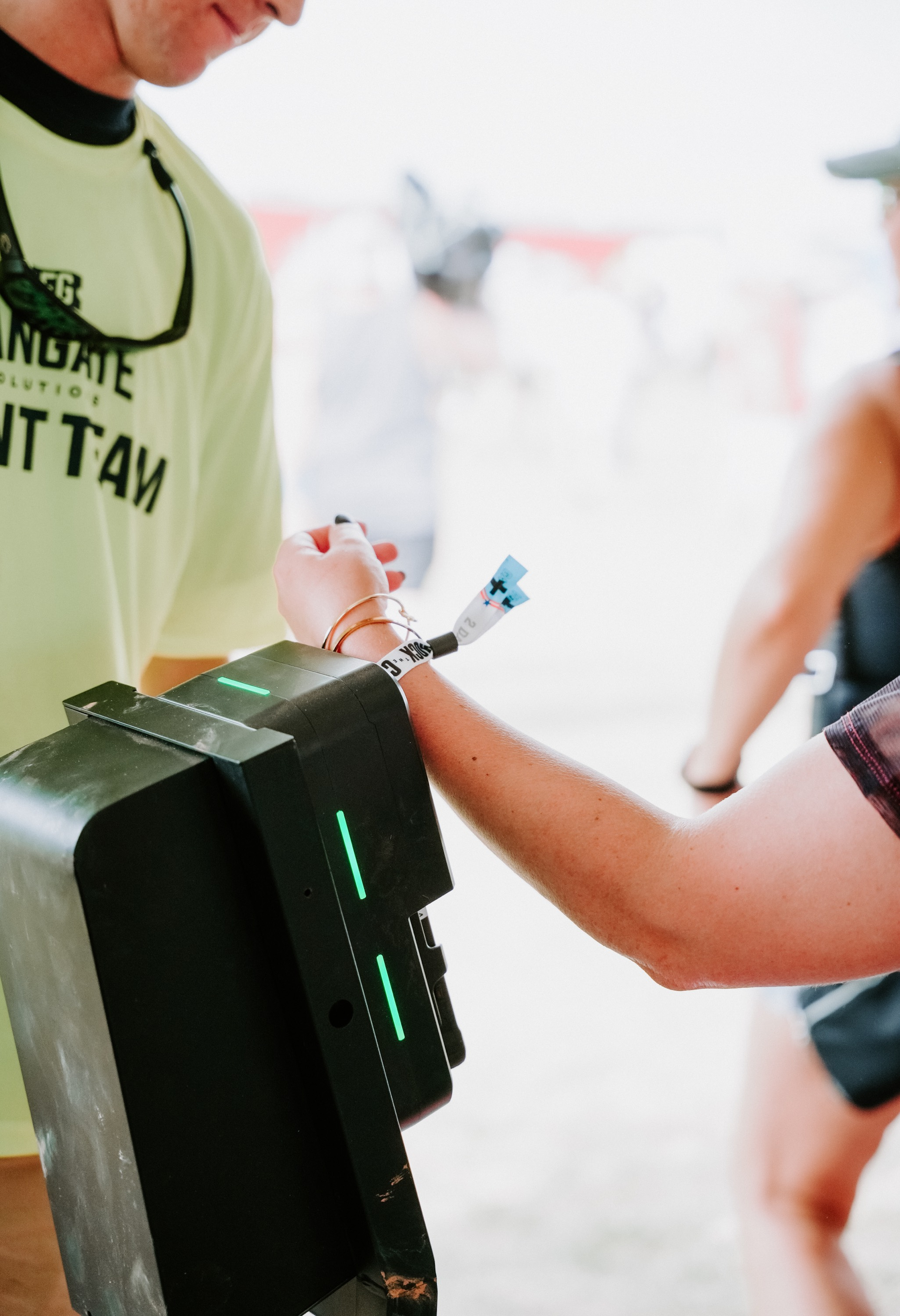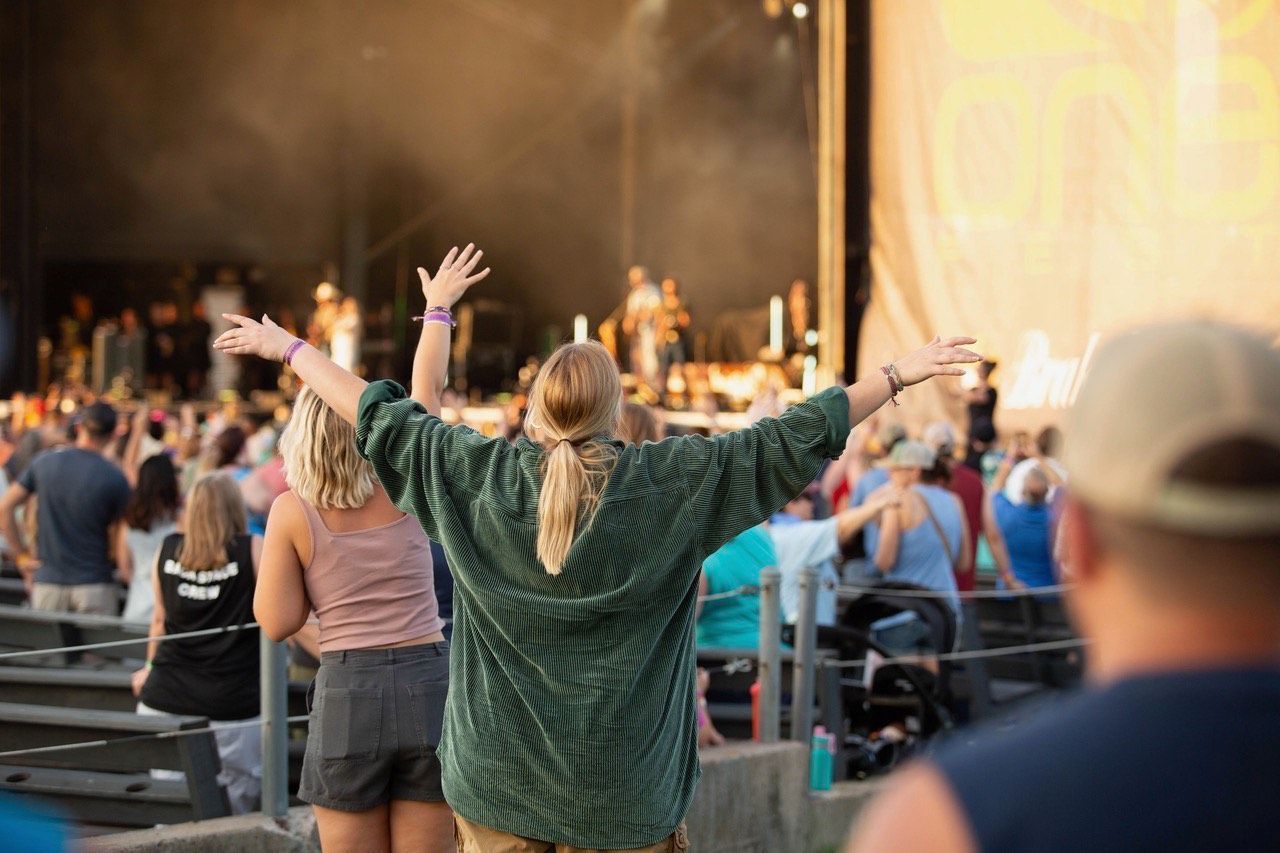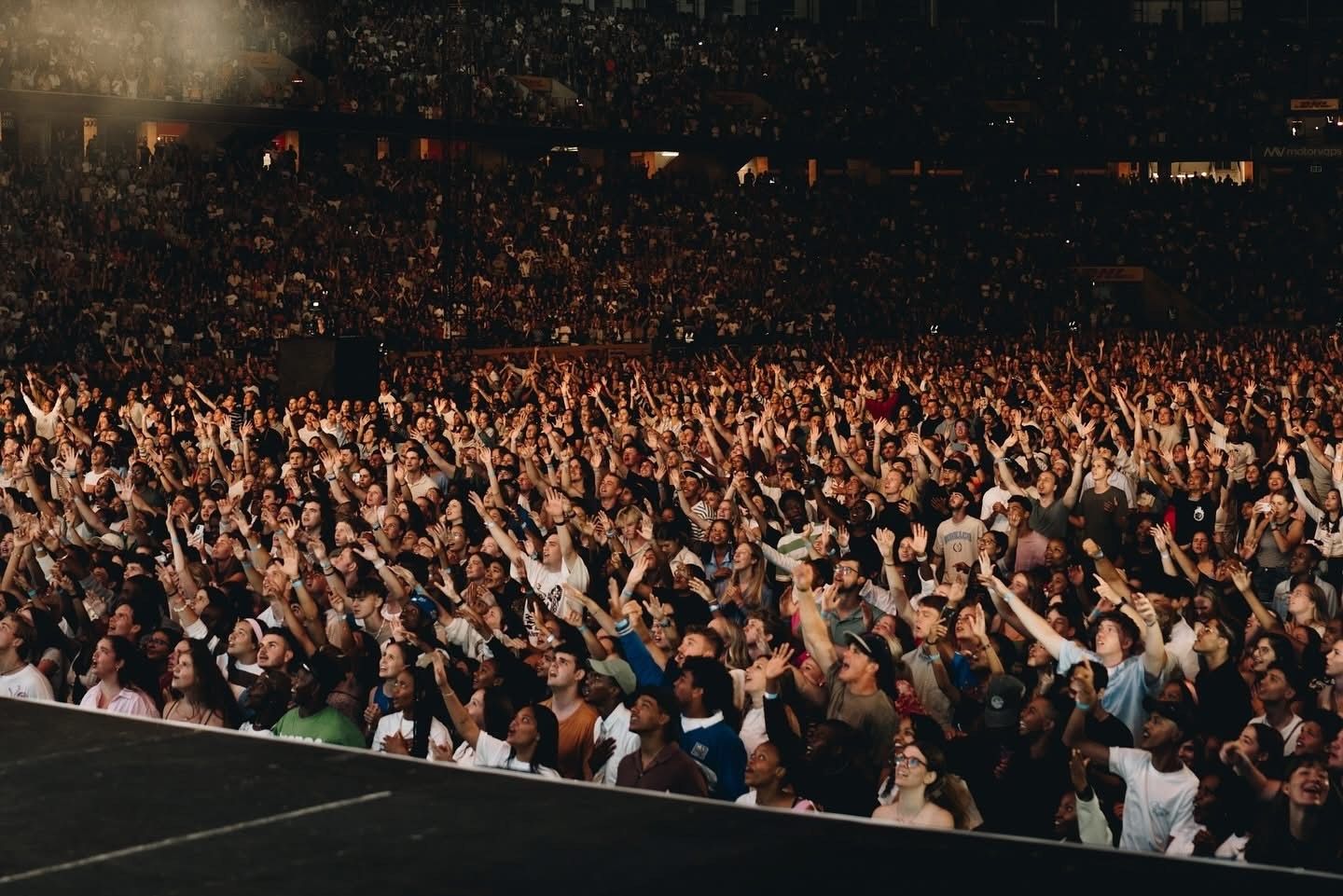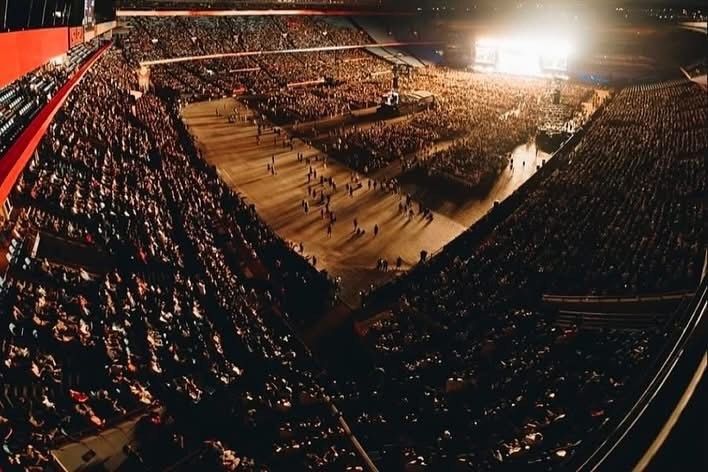Ticketing Software with Reserved Seating: What to Look For
Ticketing Software with Reserved Seating: What to Look For
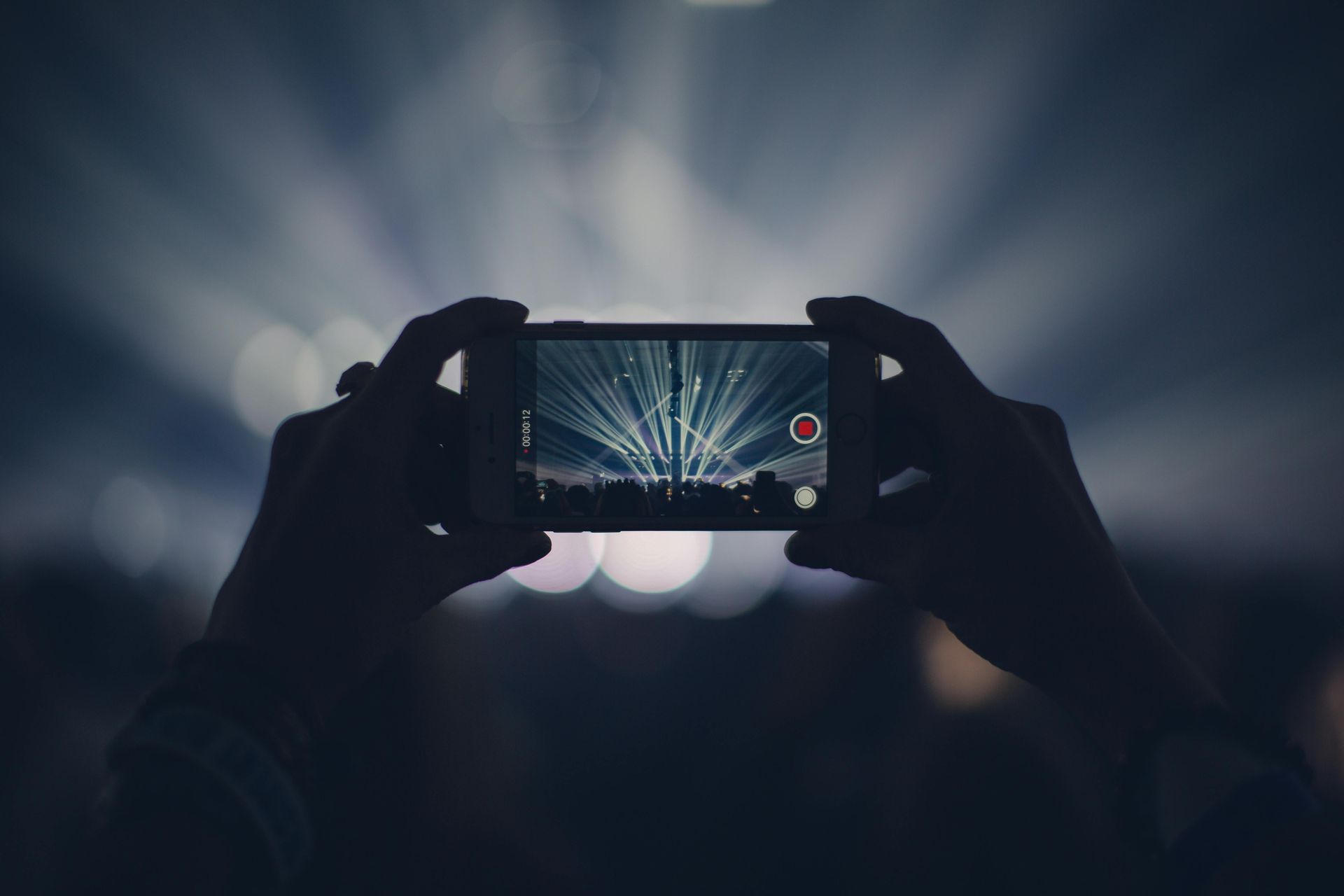
Reserved seating is where truly good software shines—and where clunky systems show their age. If you sell seats (or a GA + seated hybrid), use this checklist to evaluate platforms with the features that matter most.
Put the Buyer Experience First
A modern seat map must load fast on mobile, support pinch-zoom, and show price + fees before “Pay.” Make ADA and companion seating visible on the map, not buried in FAQ copy. Inline upgrade prompts (“two rows closer for $10 more”) nudge higher average order value without discounting.
Pro-Grade Map Management
Your team shouldn’t need a help-desk ticket for every change. Expect custom house maps, color-coded price zones, sponsor/ADA holds, and drag-and-drop seat moves. If you operate a community theater, church, or mixed-use room, the operational tips in 4 Must-Have Features are directly applicable. Good software lets you clone maps for alternate layouts (thrust stage vs. end stage), apply per-row pricing in one step, and preview the buyer view before publishing.
Flexible Pricing & Promotions
Revenue lift comes from built-in promo mechanics—not bolt-ons. Look for:
- Presales/promo codes for members, sponsors, or street-team groups
- Coupons/BOGO for targeted bursts when you need a push
- Price-by-quantity (family 4-packs, group nights)
- Automatic price deadlines that stage demand over time
These live natively inside iTickets Technology and keep pricing agile without spreadsheets. Pair them with timed messaging in your email/social plan so audiences know exactly when the next price change hits.
Accessibility & Guest Services Workflow
Reserved seating should make accessibility easier, not harder. Prioritize: labeled ADA rows, adjacent companion seats, and hold rules that prevent accidental double-booking. On show day, ushers need a quick view of sold-vs-held ADA seats and a simple way to relocate a guest if needed. Train staff on a two-minute “seat move” flow so the line keeps moving.
Smooth Entry on Show Day
Scanning must be fast and forgiving with offline mode for patchy Wi-Fi. If you run VIP lounges or tiered access, add RFID so staff can validate zones with a tap. Real-time entry dashboards reveal where lines are forming so you can move ushers, open an extra door, or shift scanners from will-call to the main gate.
Reporting You Can Act On
After the show, you’ll want sales by section/row, comp and hold usage, and heat maps to see where premium demand clusters. Filter by promo code, seat zone, and purchase channel to tune pricing on your next on-sale. Clean exports make settlements painless and board updates fast. For multi-night runs, compare fill curves across performances to refine when you drop holds or release premium seats.
Implementation Roadmap
Pilot a single performance, test upgrades and promo codes, and train volunteers (15 minutes on scanning + will-call basics). Publish ADA info and fee policy on the event page, then watch live dashboards during doors to make quick staffing moves. If you’d like a walkthrough of seat-map options and best-practice pricing,
book a consult
with iTickets today.



